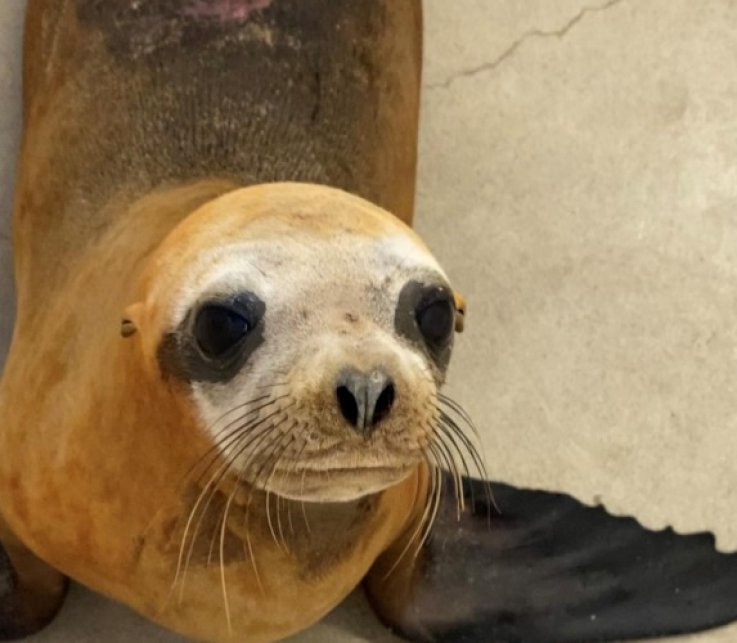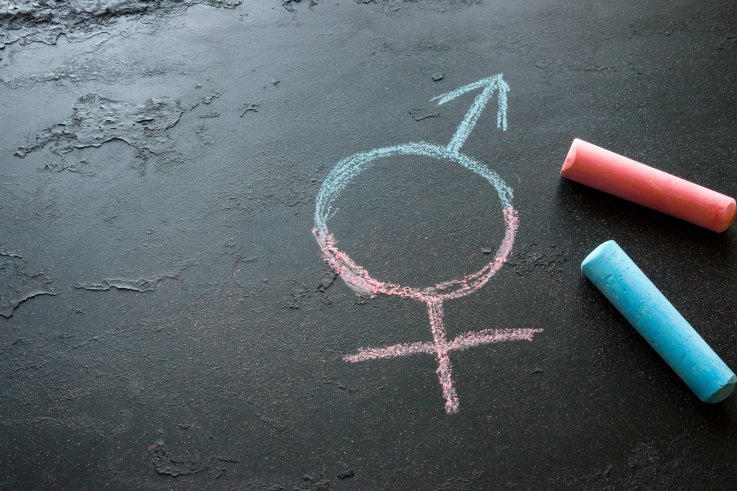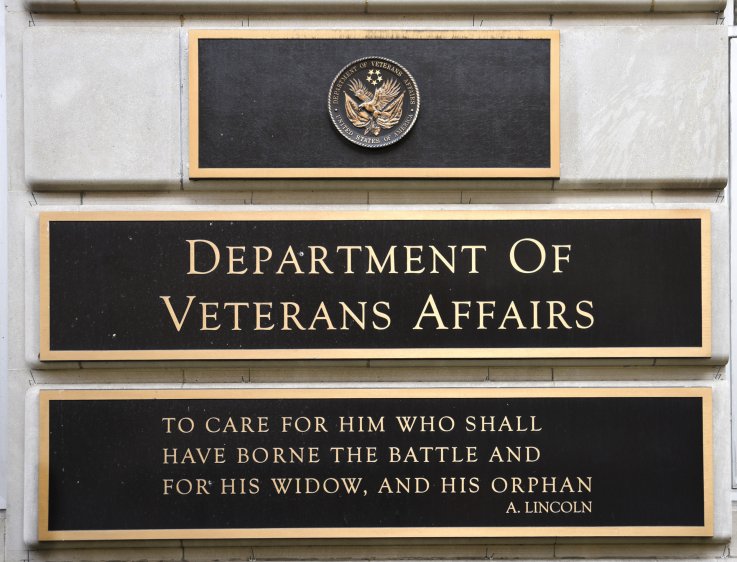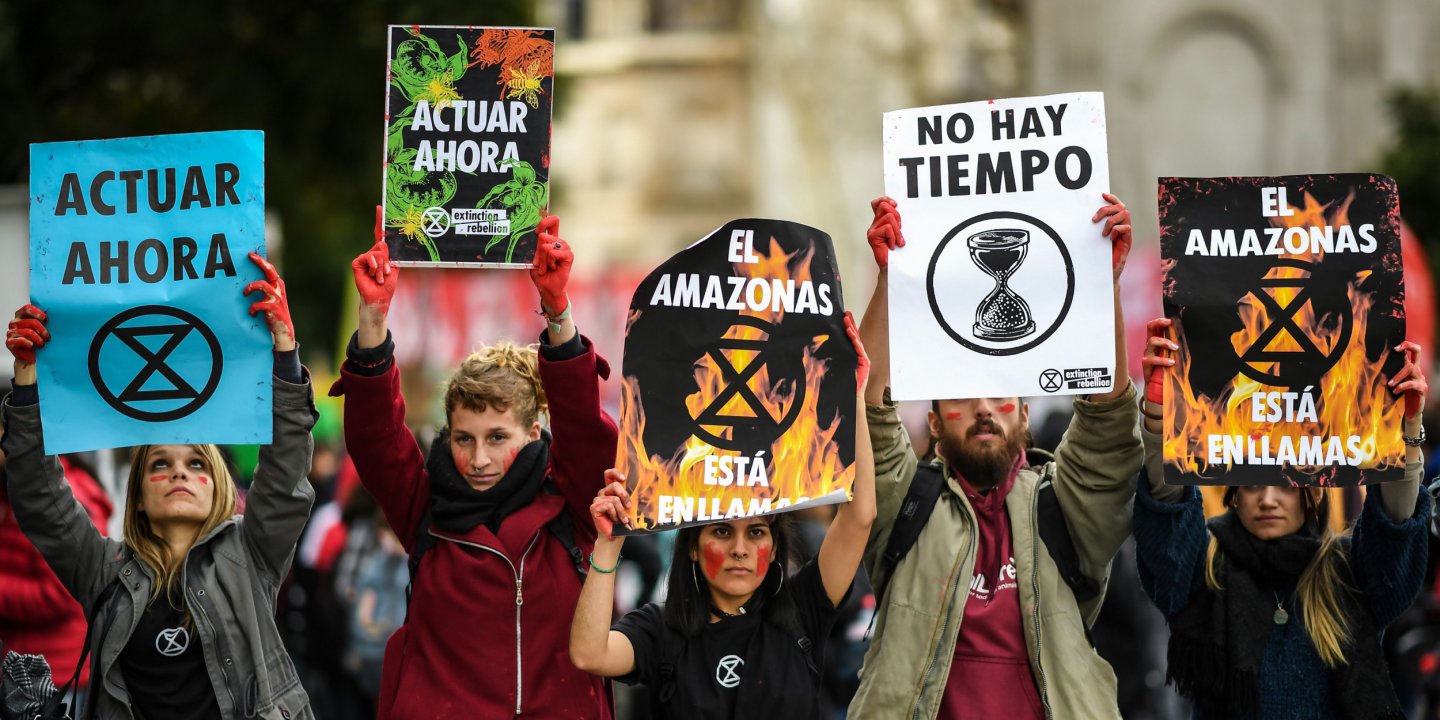JUST LIKE CHERNOBYL, WILDLIFE IS THRIVING AT FUKUSHIMA ALMOST A DECADE AFTER NUCLEAR DISASTER
BY ROSIE MCCALL ON 1/7/20
VIDEO 01:26
‘Little Sunfish’ Underwater Robot To Inspect Fukushima Nuclear Plant Damage
Ten years on from one of the 21st century's greatest disasters, new research suggests wildlife in Fukushima is not just surviving—but thriving in the absence of humanity.
A vast and comprehensive collection of wildlife photos analyzed in a study published in the Journal of Frontiers in Ecology and the Environment documents more than 20 species that have recolonized the area around the plant—including macaques, raccoon dogs, the Japanese hare and, most prevalent of all, wild boar.
"Our results represent the first evidence that numerous species of wildlife are now abundant throughout the Fukushima Evacuation Zone, despite the presence of radiological contamination," James Beasley, a wildlife biologist from the University of Georgia, said in a statement.
Immediately after a tsunami sent Fukushima's nuclear plant over the edge in 2011, an evacuation zone was erected and the government evacuated those living within 715 miles of the accident.
From 2016, humans have been gradually allowed back into the zone. However, there seems to be some hesitancy, with fewer than five percent of the original population choosing to return. Today, the area remains largely deserted—an apparent boon for the animals that live there, if this new study is anything to go by.

Animals like the macaque appear to be enjoying life without
humans in the Fukushima evacuation zone.UGA
Beasley and colleagues gathered and compared photographic data from three zones that differ in terms of human habitation. The first covered an area where humans were excluded due to high levels of contamination. The second an area where humans are restricted due to a lesser but still reasonably high level of contamination and the third that remains inhabited, which served as a control.
In total, Beasley and colleagues collected more than 267,000 wildlife photos captured over 120 days. The images show several species are flourishing in the exclusion zone, popping up more frequently in areas that are entirely uninhabited by humans than those that are. The wild boar—the most abundant species studied—cropped up in more than 46,000 photographs. The researchers found that it was three times more abundant in the human-excluded zone than the human-inhabited zone.
There was one exception to the rule: the Japanese serow, a goat-like animal (and a national symbol of Japan) that appeared to prefer rural upland areas inhabited by humans. The species usually keeps its distance from humans and this strange behavior may be an adaptive strategy to dodge the robustly stocked wild boar communities living elsewhere, the researchers say.

Japanese serow appeared to prefer the rural upland areas
inhabited by humans.UGA
The post-disaster wildlife boom is reminiscent of Chernobyl, the site of another nuclear disaster that has since seen species such as wolves and other mammals flock to the area now largely deserted by humans.
"Although it may seem counterintuitive, research from our group and others suggests numerous species of large mammals actually increased in the landscape surrounding Chernobyl in the first several years after the accident, and that populations of many species are now abundant and widespread throughout the Chernobyl Exclusion Zone," Beasley told Newsweek.
"Given that the amount of radiation released from the Fukushima Daiichi power plant was substantially lower than releases at Chernobyl, it is not surprising that we are now seeing evidence of these same types of population-level responses in mammals at Fukushima."
"However, what was unexpected is the rate and extent to which populations of wild boar and other species routinely in conflict with people have increased in number, despite extensive control efforts to reduce populations of these species in evacuated areas."
Beasley was previously involved in another study (published in 2017) that found diverse and efficient scavenging communities in the area.
"The [Chernobyl Exclusion Zone] is increasingly being seen as having huge conservation value—it now represents one of the largest wildlife sanctuaries in Europe," Jim Smith, a professor of environmental science at the University of Portsmouth in the UK who specializes in Chernobyl and Fukushima, told Newsweek. Adding helicopter surveys suggest large mammal populations at Chernobyl began to increase only about a year after the accident.
"I think that radioactivity levels in significant parts of the exclusion zone are now safe for humans, but I'd like to see the zone remain as a protected area for wildlife."
However, while it may be an in both cases abundance is not necessarily indicative of animal health—a fact the researchers themselves are keen to point out. Indeed, research has suggested that long-term exposure to radiation could damage animal reproductivity, although its full effect on animal health is unknown.
"Based on these studies it is clear that if there are any health-related impacts from exposure, they are not manifesting in widespread impacts to populations of these species," Beasley told Newsweek. "We know that radiation has the potential to cause mutations at the molecular level, impact reproduction, and cause other types of cellular damage."
Thomas Hinton, a professor at the Institute of Environmental Radioactivity at Fukushima University, said: "This research makes an important contribution because it examines radiological impacts to populations of wildlife, whereas most previous studies have looked for effects to individual animals."

The post-disaster wildlife boom is reminiscent of Chernobyl, the site of another nuclear disaster that has since seen species such as wolves and other mammals flock to the area now largely deserted by humans.
"Although it may seem counterintuitive, research from our group and others suggests numerous species of large mammals actually increased in the landscape surrounding Chernobyl in the first several years after the accident, and that populations of many species are now abundant and widespread throughout the Chernobyl Exclusion Zone," Beasley told Newsweek.
"Given that the amount of radiation released from the Fukushima Daiichi power plant was substantially lower than releases at Chernobyl, it is not surprising that we are now seeing evidence of these same types of population-level responses in mammals at Fukushima."
"However, what was unexpected is the rate and extent to which populations of wild boar and other species routinely in conflict with people have increased in number, despite extensive control efforts to reduce populations of these species in evacuated areas."
Beasley was previously involved in another study (published in 2017) that found diverse and efficient scavenging communities in the area.
"The [Chernobyl Exclusion Zone] is increasingly being seen as having huge conservation value—it now represents one of the largest wildlife sanctuaries in Europe," Jim Smith, a professor of environmental science at the University of Portsmouth in the UK who specializes in Chernobyl and Fukushima, told Newsweek. Adding helicopter surveys suggest large mammal populations at Chernobyl began to increase only about a year after the accident.
"I think that radioactivity levels in significant parts of the exclusion zone are now safe for humans, but I'd like to see the zone remain as a protected area for wildlife."
However, while it may be an in both cases abundance is not necessarily indicative of animal health—a fact the researchers themselves are keen to point out. Indeed, research has suggested that long-term exposure to radiation could damage animal reproductivity, although its full effect on animal health is unknown.
"Based on these studies it is clear that if there are any health-related impacts from exposure, they are not manifesting in widespread impacts to populations of these species," Beasley told Newsweek. "We know that radiation has the potential to cause mutations at the molecular level, impact reproduction, and cause other types of cellular damage."
Thomas Hinton, a professor at the Institute of Environmental Radioactivity at Fukushima University, said: "This research makes an important contribution because it examines radiological impacts to populations of wildlife, whereas most previous studies have looked for effects to individual animals."

Raccoon dogs are thriving in zones uninhabited by humans.NONE


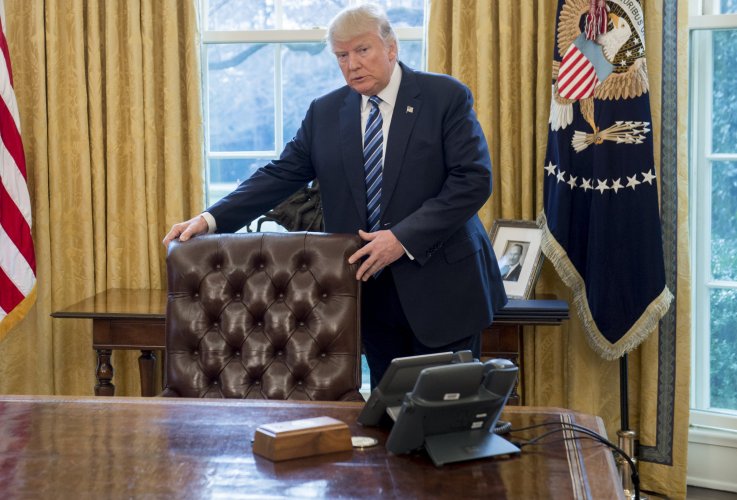

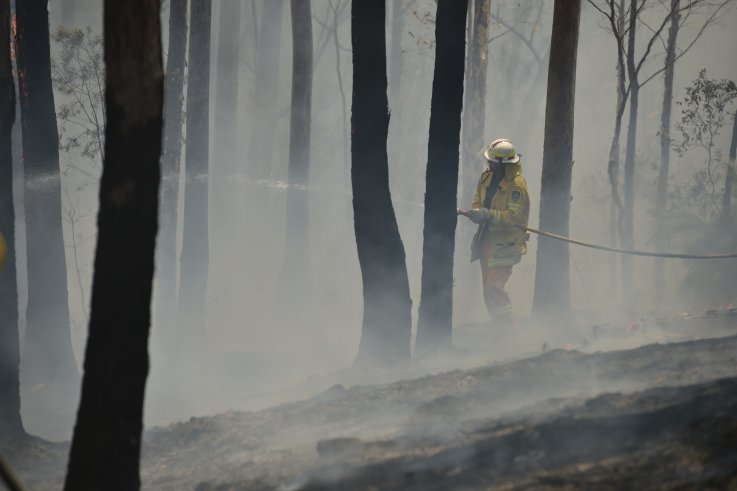
 A female sea who was found in December on a California beach with two gunshot wounds has been euthanized.PACIFIC MARINE MAMMAL CENTER
A female sea who was found in December on a California beach with two gunshot wounds has been euthanized.PACIFIC MARINE MAMMAL CENTER